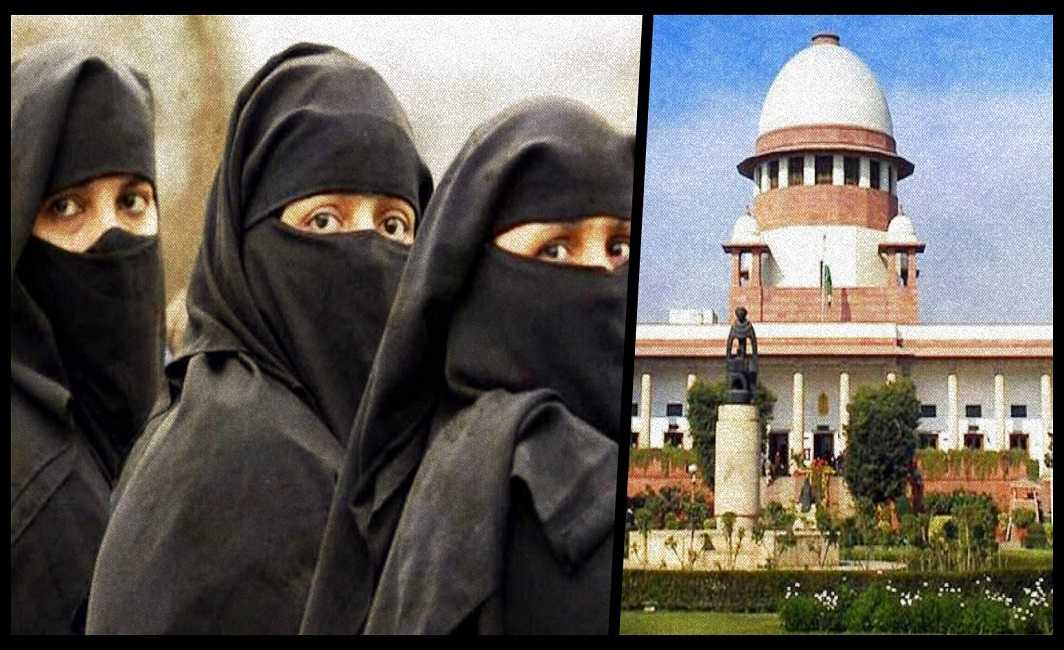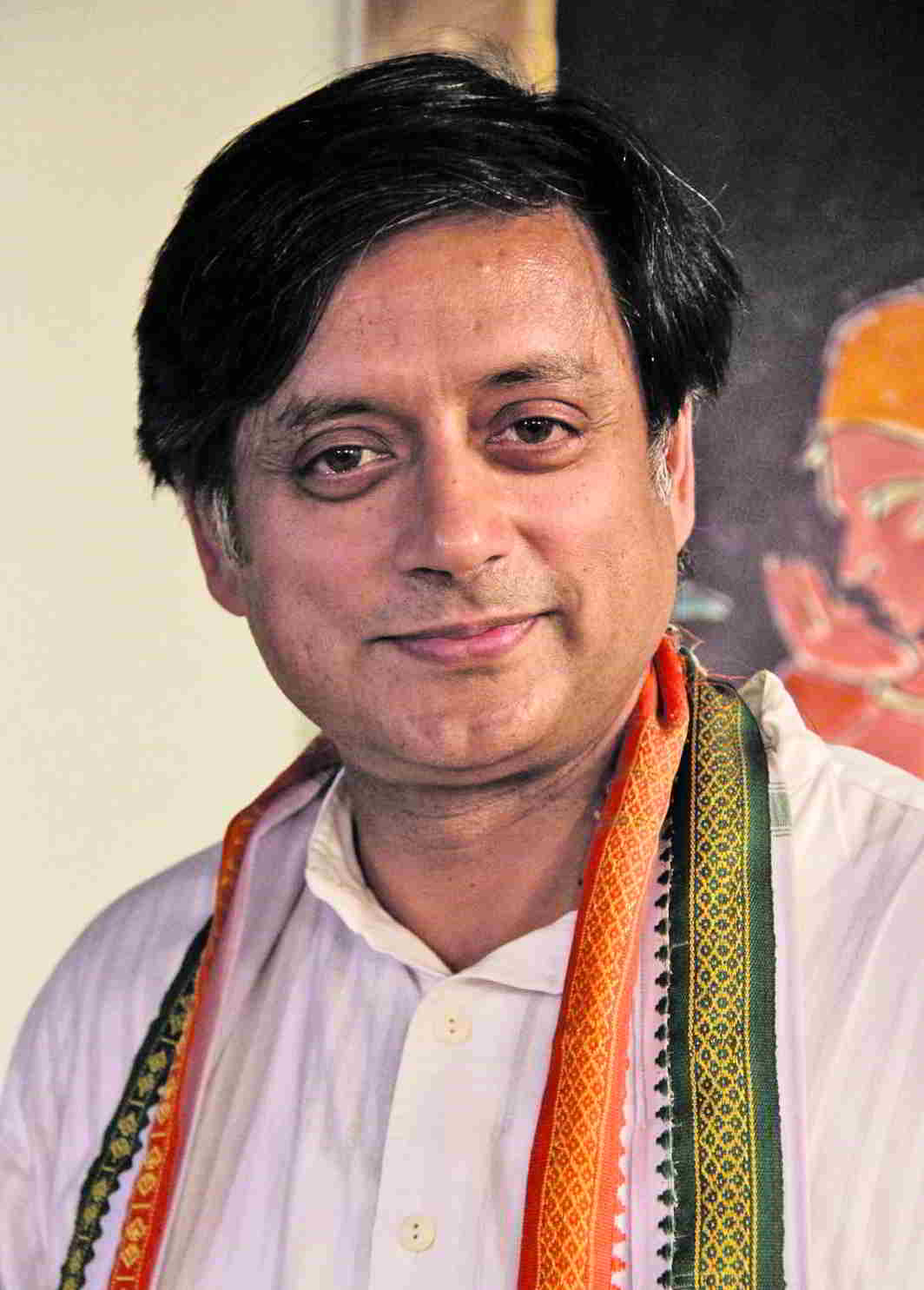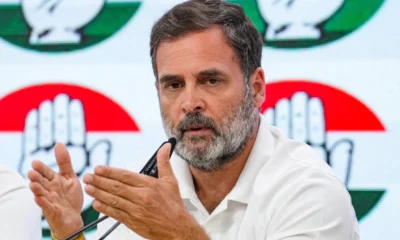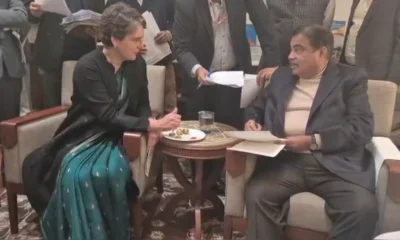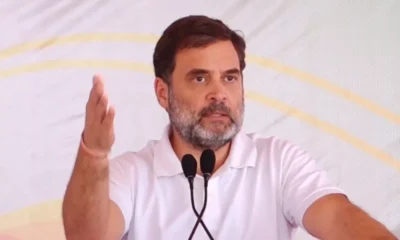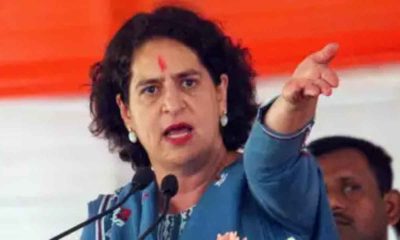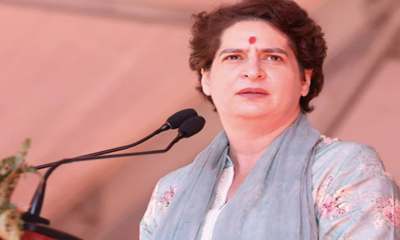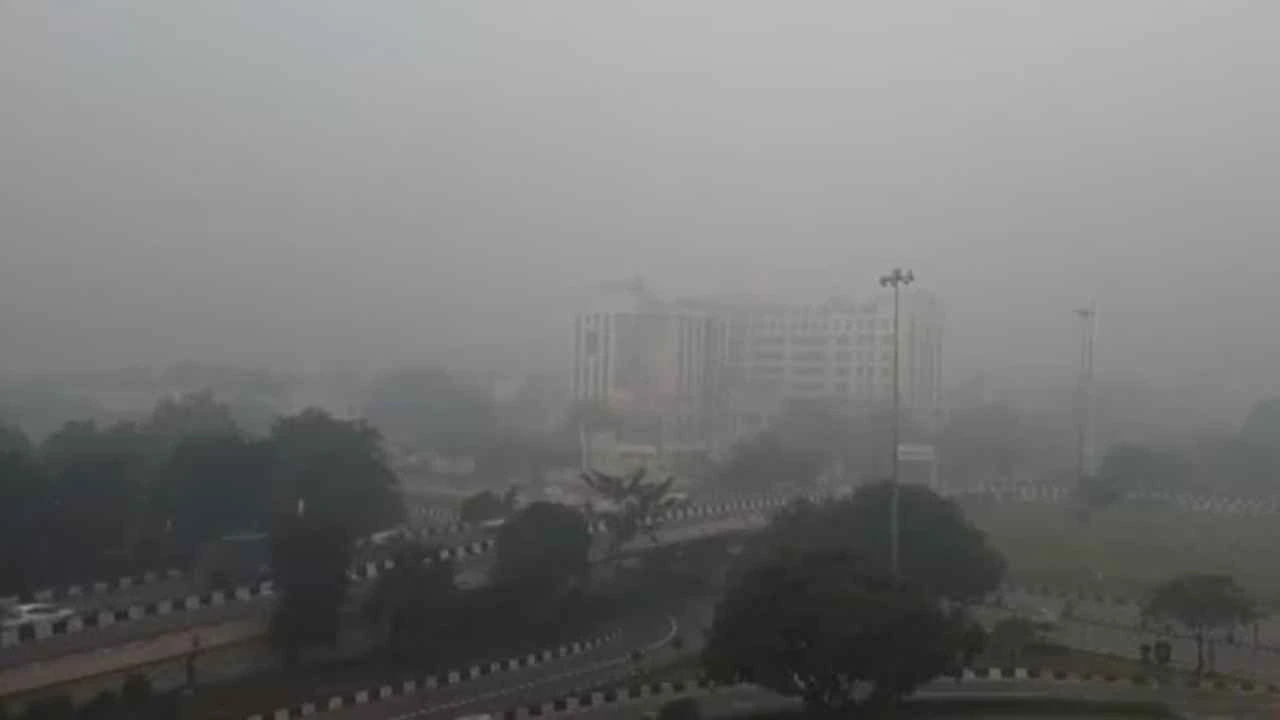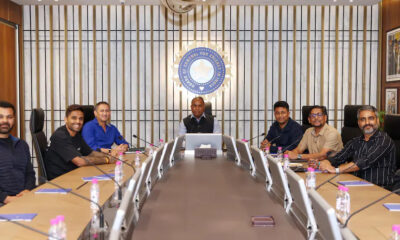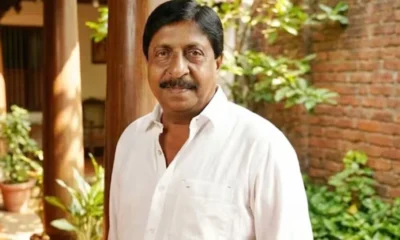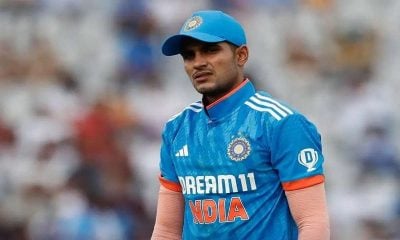[vc_row][vc_column][vc_column_text]By Saeed Naqvi
Put it down to my acute perversity, because as soon as celebrations broke out and I glanced at the Supreme Court’s Triple Talaq judgement, Josh Malihabadi’s rubayee (quatrain) swam into my ken:
“Ae rind kya yehi hai baaghe rizwaan?
Na hooron ka kaheen pata na ghilma ka nishaan
Ek kunj mein maayuus-o-mulool-o-tanha
Bechare tahel rahey hain Allah mian”
(O’ Tavern companion, where have we come? Is this the promised garden?
I see no beautiful houris, nor handsome men.
In a gloomy corner, crestfallen,
Sad and lonely, Allah Mian paces ponderously)
Josh is mocking at Man’s distortion of God’s purpose.
Of course, this is escapism on my part, but I can hardly help it because in all my 75 plus years I have never known anyone, even by remote association, who discarded his wife by pronouncing “talaq, talaq, talaq.” Since Muslims are supposed to be in the grip of this all pervasive practice, I may be forgiven for feeling a little left out.
The defiance and passion with which the General Secretary of Jamiat Ulema e Hind Maulana Mahmood Madani, has reacted leaves me breathless:
“If you wish to punish the person (for pronouncing triple talaq) you may do so but such a talaq will be recognized” by Jamiat and society at large. The Maulana, to his credit, advises Muslims not to resort to triple talaq but he insists that the courts or the state not be allowed to interfere with Muslim practices, presumably based on Muslim law.
Do I stand with the Maulana to keep my Muslim identity intact? Or do I ignore him as I have ignored all clerical edicts throughout my life?
That a five judge bench of the Supreme Court has struck down the obviously abhorrent practice, should find me in the ranks of those thunderously applauding the judgment. But that too is not my chosen path.
I spot triumphalism in this national exultation led by Narendra Modi, Amit Shah, Yogi Adityanath and leaders of other parties in supporting roles. The Muslim male has been administered a double-fisted punch on his chin and his women freed from his basement harems.
Chief Justice Kehar has accorded protection to 90 percent of Muslims from the barbaric practice.
Do I belong to this 90 percent or was I always protected, being among the 10 percent who, by His Lordship’s calculus, were outside the dark canopy of shoddy Islamic laws?
Since most surveys seem to suggest talaq-talaq afflicts not more than one percent, does it behove their Lordships to paint the entire community with one brush?
Should not the Ministry of Social Welfare, the Minority Commission, instead of sitting on their haunches, do a survey to establish the extent to which the practice is prevalent?
Beef is a sensitive word these days. But beef (not buffalo but cow) is slaughtered and eaten by Muslims, non Muslims and Dalits in the North East, West Bengal, Kerala, Tamil Nadu etcetera. Would their Lordships judge Hindus as beefeaters along with Muslims across the country or would a clarification be in order that the practice is prevalent only in specific regions of the country?
Does the universal celebration over the judgment inspire optimism? Now that the Indian establishment across the board is so demonstrably filled with the milk of human kindness towards the divorced Muslim woman, it probably augurs well not just for the Muslim “Suhagan” (happily married) but for the entire Muslim community, all 180 million of them.
In his very first speech in Parliament in May 2014, Narendra Modi became the only Prime Minister to openly say what never came naturally to Congressmen that among the many burdens that weighed the nation down was “1,200 years of foreign subjugation”. Congressmen said this privately but never publicly.
The official party line, the one that the Congressmen went public with was about “200 years” of British rule. The Muslim period was glossed over. There was no public debate.
In fact at the earlier stages, soon after 1947, a common and particularly galling allegation was: “Muslims partitioned the country and then stayed on.”
There is no record of Congress leaders ever offering a clarification for this canard. So implicated were they in the country’s fracture, that they refrained from encouraging debate on this issue lest it turn upon them.
The Congress was not the only guilty party. Even socialists like Ram Manohar Lohia talked of the “spirit of Haldighati” as a panacea for boosting Hindu morale. He went along with the version of history which credits Maharana Pratap with victory over Akbar, a highly disputed proposition.
Since I stayed with JP in his Kadam Kuan residence in Patna, I saw firsthand how the Bihar movement was put together by Nanaji Deshmukh of the RSS and his close friend, Ramnath Goenka, publisher, owner of Indian Express. Socialists, conservative Congress leaders who had broken away from Indira Gandhi (or whom she had disbanded) all came together in the Janata Party government. Subsequent politics during Indira Gandhi and Rajiv Gandhi years had become manifestly sensitive to this reality: varying shades of Hindu majoritarianism were an essential requirement for the electoral game. It was on this trajectory that Narendra Modi gained exceptional height in 2014. Has he peaked?
The other day my sister and her daughter travelled by AIR INDIA. She had asked for a vegetarian diet, her daughter for non vegetarian. The printout of her ticket said: “Vegetarian Hindu meal”. The other printout was equally explicit: non vegetarian “Muslim meal”. Their Lordships may wish to find out if institutionalized apartheid is creeping upon us?
This is the background against which the nation and its media are amplifying the turn that the Supreme Court has given to the plight of Muslim women, divorced by recourse in an ungodly method. Intentionally or unintentionally on the part of their Lordships, the situation created by their judgment is fraught with politics, even though only one percent of Muslim women who have escaped talaq, talaq have reasons to rejoice. If propaganda is the name of the game, these ladies should be facilitated on their way to Mecca for Haj, by way of thanksgiving. This is a photo op not to be missed.[/vc_column_text][/vc_column][/vc_row]
